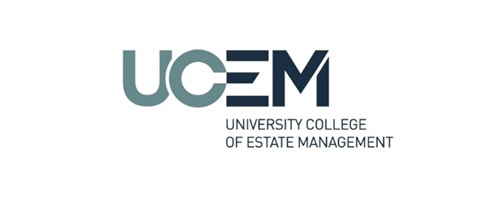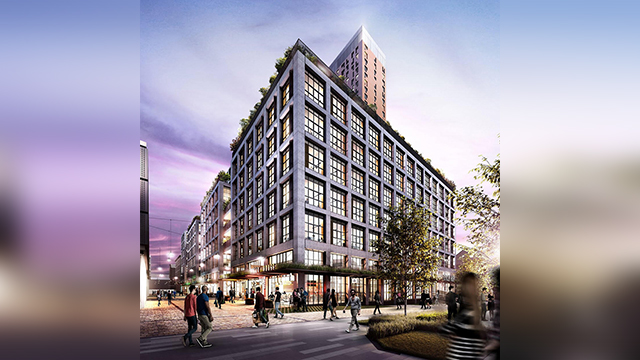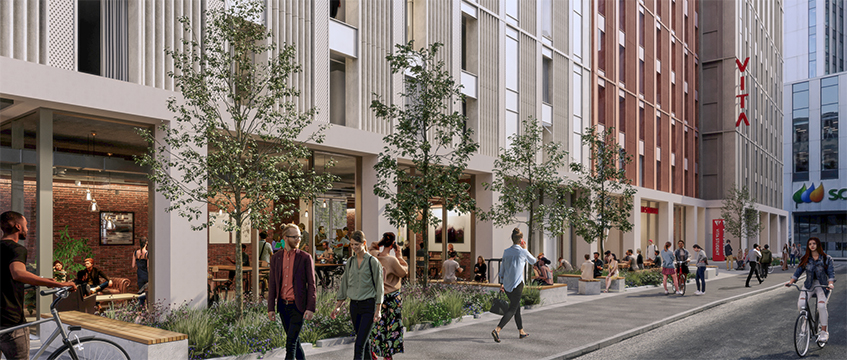Ashdown Hove Ltd v Remstar Properties Ltd
Professor James Driscoll LLM LLB solicitor (lawyer chair), Mr Neil Cleverton FRICS and Mr Roger Wilkey FRICS
Leasehold enfranchisement – Collective enfranchisement – Purchase price – Deferment rate – Block of flats in Hove – Whether uplift to generic 5% Sportelli rate for flats justified in light of greater obsolescence and management risks and lower capital growth rates than in prime central London area – Deferment rate of 6% applied
The applicant company was the nominee purchaser for the purposes of a claim by qualifying tenants of flats in a block in Hove, East Sussex, to acquire the freehold of the building under the collective enfranchisement provisions of the Leasehold Reform, Housing and Urban Development Act 1993. The respondent landlord owned the freehold. The building comprised an L-shaped, brick-built block with a flat roof, containing 125 flats, all of which, save for a caretaker’s flat, were let on long leases. A management company controlled by the leaseholders managed the building pursuant to the terms of the leases, although these provided for the respondent to take over the role should the management company fail to act properly or at all. The management company held a lease of the common parts.
The applicant applied to the leasehold valuation tribunal, under section 24 of the 1993 Act, for a determination of the acquisition price. The sole issue in dispute was the deferment rate to be applied to the freehold vacant possession value. The applicant argued for a higher percentage than the generic 5% rate for flats laid down in Earl Cadogan v Sportelli [2007] 1 EGLR 153, on the ground that the building differed in a number of respects from properties in the prime central London (PCL) area on which the Sportelli rate was based. The applicant contended for: (i) a 0.25% increase in the risk premium to reflect obsolescence and deterioration, on the basis that while the average values of the flats were lower than in the PCL, maintenance costs were not, and the property had a number of maintenance problems including flooding to the underground car park, the need to replace the single-glazed windows and low energy efficiency; (ii) an additional 0.5% to reflect the difference in capital growth rates, on the basis that these were significantly lower outside the PCL; and (ii) a further uplift of 0.25% in respect of the special management problems of the building and the increased complexity of leasehold management following the changes made by Part 2 of the Commonhold and Leasehold Reform Act 2002.
Leasehold enfranchisement – Collective enfranchisement – Purchase price – Deferment rate – Block of flats in Hove – Whether uplift to generic 5% Sportelli rate for flats justified in light of greater obsolescence and management risks and lower capital growth rates than in prime central London area – Deferment rate of 6% appliedThe applicant company was the nominee purchaser for the purposes of a claim by qualifying tenants of flats in a block in Hove, East Sussex, to acquire the freehold of the building under the collective enfranchisement provisions of the Leasehold Reform, Housing and Urban Development Act 1993. The respondent landlord owned the freehold. The building comprised an L-shaped, brick-built block with a flat roof, containing 125 flats, all of which, save for a caretaker’s flat, were let on long leases. A management company controlled by the leaseholders managed the building pursuant to the terms of the leases, although these provided for the respondent to take over the role should the management company fail to act properly or at all. The management company held a lease of the common parts.The applicant applied to the leasehold valuation tribunal, under section 24 of the 1993 Act, for a determination of the acquisition price. The sole issue in dispute was the deferment rate to be applied to the freehold vacant possession value. The applicant argued for a higher percentage than the generic 5% rate for flats laid down in Earl Cadogan v Sportelli [2007] 1 EGLR 153, on the ground that the building differed in a number of respects from properties in the prime central London (PCL) area on which the Sportelli rate was based. The applicant contended for: (i) a 0.25% increase in the risk premium to reflect obsolescence and deterioration, on the basis that while the average values of the flats were lower than in the PCL, maintenance costs were not, and the property had a number of maintenance problems including flooding to the underground car park, the need to replace the single-glazed windows and low energy efficiency; (ii) an additional 0.5% to reflect the difference in capital growth rates, on the basis that these were significantly lower outside the PCL; and (ii) a further uplift of 0.25% in respect of the special management problems of the building and the increased complexity of leasehold management following the changes made by Part 2 of the Commonhold and Leasehold Reform Act 2002.Decision: The purchase price was fixed at £1.732,109, applying a deferment rate of 6%.(1) The difference between the value of the flats in the block and those considered in Sportelli was significant, while building costs were comparable to those in London. It followed that it was likely to remain economically viable to repair high-value flats in the PCL area for much longer than would be the case for similar-size flats in the application property. Notwithstanding the full repairing covenants in the leases, there was a much greater risk of deterioration in the block than there was in the PCL, which was not reflected in the vacant possession values. Accordingly, a purchaser of the freehold reversion to the block would expect an additional 0.25% in the risk premium to reflect that factor.(2) Furthermore, the available evidence suggested a lower capital growth rate for properties in the area of the application property than in the PCL. An investor that was examining long-term growth would not be confident that the PCL rate of growth would be achieved in the Hove and Brighton area and would adjust its bid for the block accordingly. The prospect of such a reduction in an investor’s bid should be reflected by a further 0.5% increase in the risk premium.(3) In considering the risks associated with management difficulties, it was not appropriate to differentiate between properties that had an intermediate headlease between the freehold interest and the flat leases and those that did not, where the freeholder had the management responsibilities: Sportelli applied. In the instant case, there was no headlease interest but there was a leaseholder-controlled management company. Although that, on its face, absolved the freeholder from the pressures and risks of flat leasehold management, there was a risk that the management company could fold, leaving the freeholder to assume the management responsibilities, as it was entitled to do under the leases. An investor would require an additional of 0.5% in respect of the application property to reflect the greater management responsibilities associated with flats compared with houses, to take account of the possibility that it would have to take over the management of the block should the management company collapsed.A deferment rate of 6% should therefore be applied to the freehold vacant possession value for the building. As contended for by the applicant, this included additions to the 5% generic rate in respect of: (i) 0.25% for obsolescence; (ii) 0.5% for the additional risk that growth would not be achieved; and (iii) 0.25% for the risks involved in managing the block. The evidence supported a departure from the Sportelli rate: Zuckerman v Trustees of Calthorpe Estate [2009] UKUT 235 (LC); [2009] PLSCS 331 applied.Anthony Radevsky (instructed by Osler Donegan Taylor Solicitors) appeared for the applicant; Wayne Clark (instructed by Howard Kennedy) appeared for the respondent.Sally Dobson, barrister










